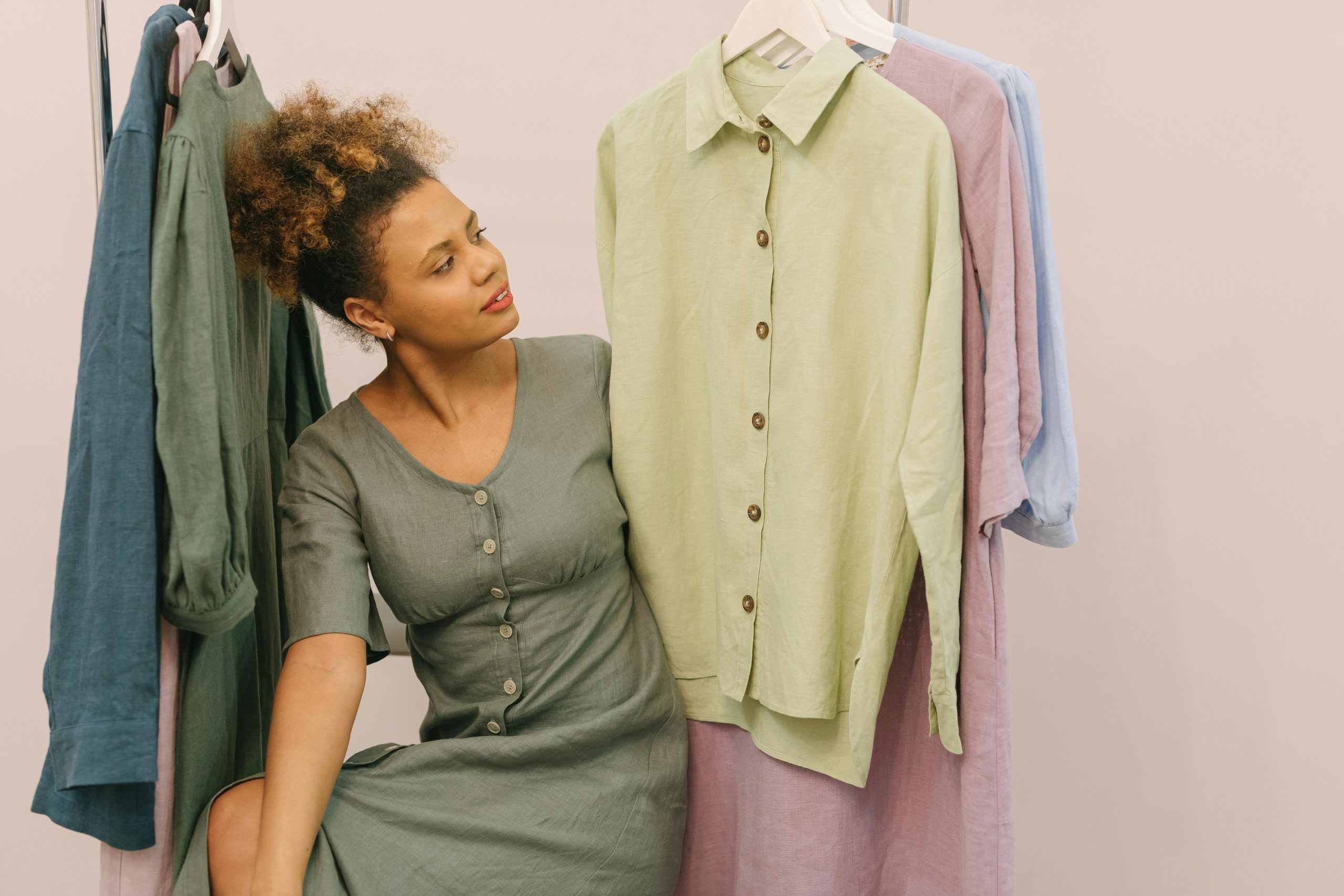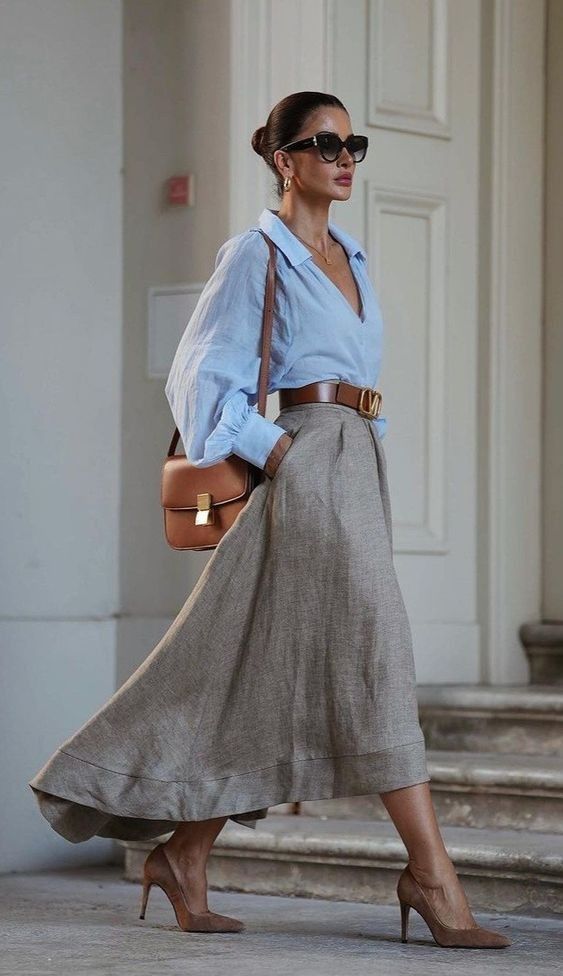
19th Century Women’s Fashion Comprehensive History Timeline
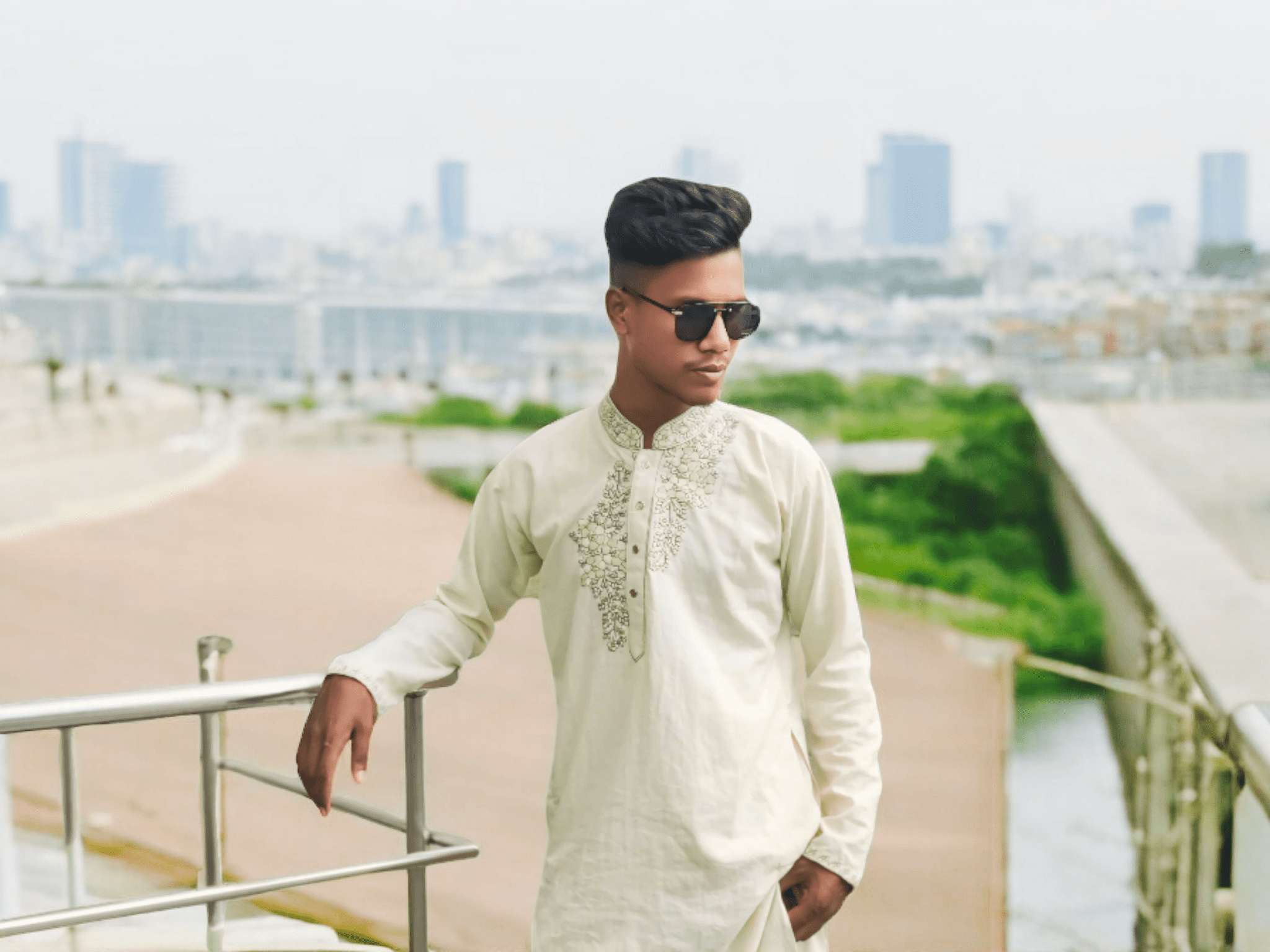 Mohammad Sojib
Mohammad Sojib- 0
- 97
19th Century Women’s Fashion, witnessing dramatic changes that reflected the cultural, political, and technological shifts of the time. From the high-waisted Empire style of the early 1800s to the extravagant silhouettes of the Victorian era, the century saw numerous developments in how women dressed, each tied closely to broader societal transformations. In this detailed timeline, we explore how evolved across the 19th century.
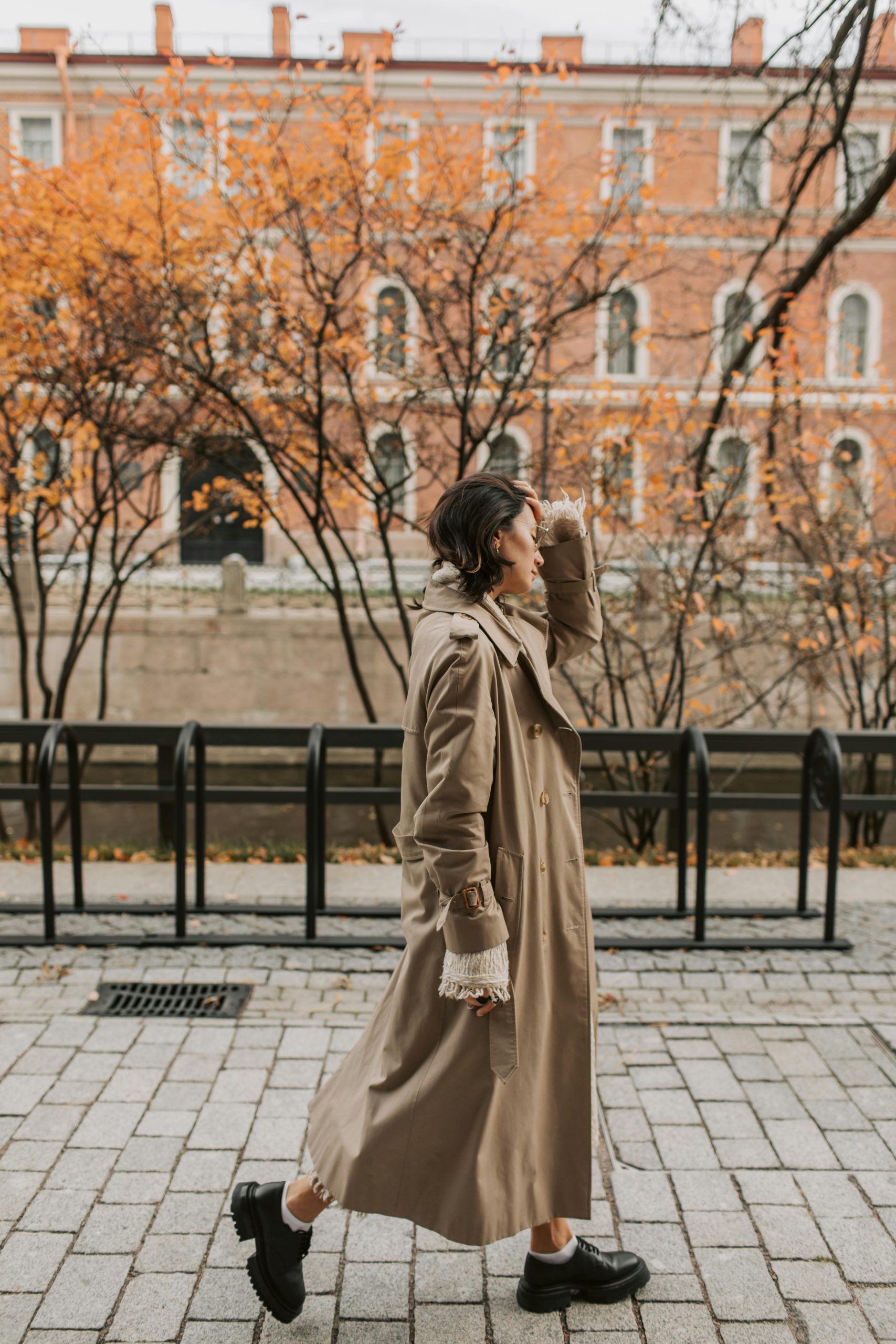
Table of Contents
ToggleEarly 1800s: The Regency and Empire Style (1800-1820)
At the dawn of the took its cues from classical antiquity. The influence of ancient Greek and Roman styles brought simplicity and elegance to attire.
- Empire Waistlines: The defining feature of early 19th-century fashion was the empire waistline, which sat just below the bust. This style was introduced during the reign of Napoleon Bonaparte in France and became widely popular throughout Europe and America.
- Light Fabrics: Dresses were made from light fabrics like muslin, silk, and cotton. These materials were often light in color, reflecting the aesthetic of purity and simplicity.
- Neoclassical Influence: The influence of neoclassicism was evident in the simple, flowing lines of gowns. The designs were meant to resemble the tunics worn by women in classical Greece and Rome, lending an air of refinement and grace to the wearer.
- Accessories: Shawls, bonnets, and gloves were essential accessories during this period. Women also adorned themselves with jewelry, particularly cameos, which were highly fashionable at the time.
1820s to 1830s: Romanticism in Women’s Fashion
As the Romantic Movement spread through literature and the arts, it also left its mark.
- Fuller Skirts: By the mid-1820s, skirts began to widen. Waistlines dropped to their natural position, emphasizing the feminine figure, and skirts became fuller, creating a more voluminous silhouette.
- Gigot Sleeves: The 1830s saw the rise of gigot sleeves (also known as leg-of-mutton sleeves), which puffed dramatically at the shoulder and tapered toward the wrist. This exaggerated sleeve style created a striking visual contrast between the shoulders and the waist.
- Romantic Flourishes: clothing became increasingly embellished with lace, ribbons, and floral patterns, reflecting the romantic idealization of femininity and nature.
- Hair and Headwear: Hair was often styled in elaborate updos, and bonnets became more structured, with larger brims to frame the face. Many women wore their hair parted in the center with ringlets framing the face.
1840s to 1850s: The Early Victorian Era Women’s Fashion
The Victorian Era began with Queen Victoria’s accession to the throne in 1837, marking a period of conservative social values, which were reflected in fashion.
- Modesty and Coverage: became more demure and conservative, with a focus on covering the body. Dresses featured high necklines and long sleeves, and skirts became increasingly voluminous.
- Cage Crinoline: By the mid-1850s, the cage crinoline (a framework of hoops made from whalebone or steel) had been introduced, allowing women to wear impossibly wide skirts. This silhouette emphasized the smallness of the waist, which was further accentuated by tight corsets.
- Fabrics and Colors: Heavy fabrics like taffeta, silk, and wool were favored. Colors became darker and more muted, with deep hues like navy, burgundy, and forest green becoming popular.
- Jewelry and Accessories: Victorian women wore a range of jewelry, from brooches and lockets to cameos and hair combs. Parasols and gloves were also essential accessories, used to maintain fair skin, which was a sign of status and refinement.
1860s: The Height of Victorian Comprehensive History Women’s Fashion
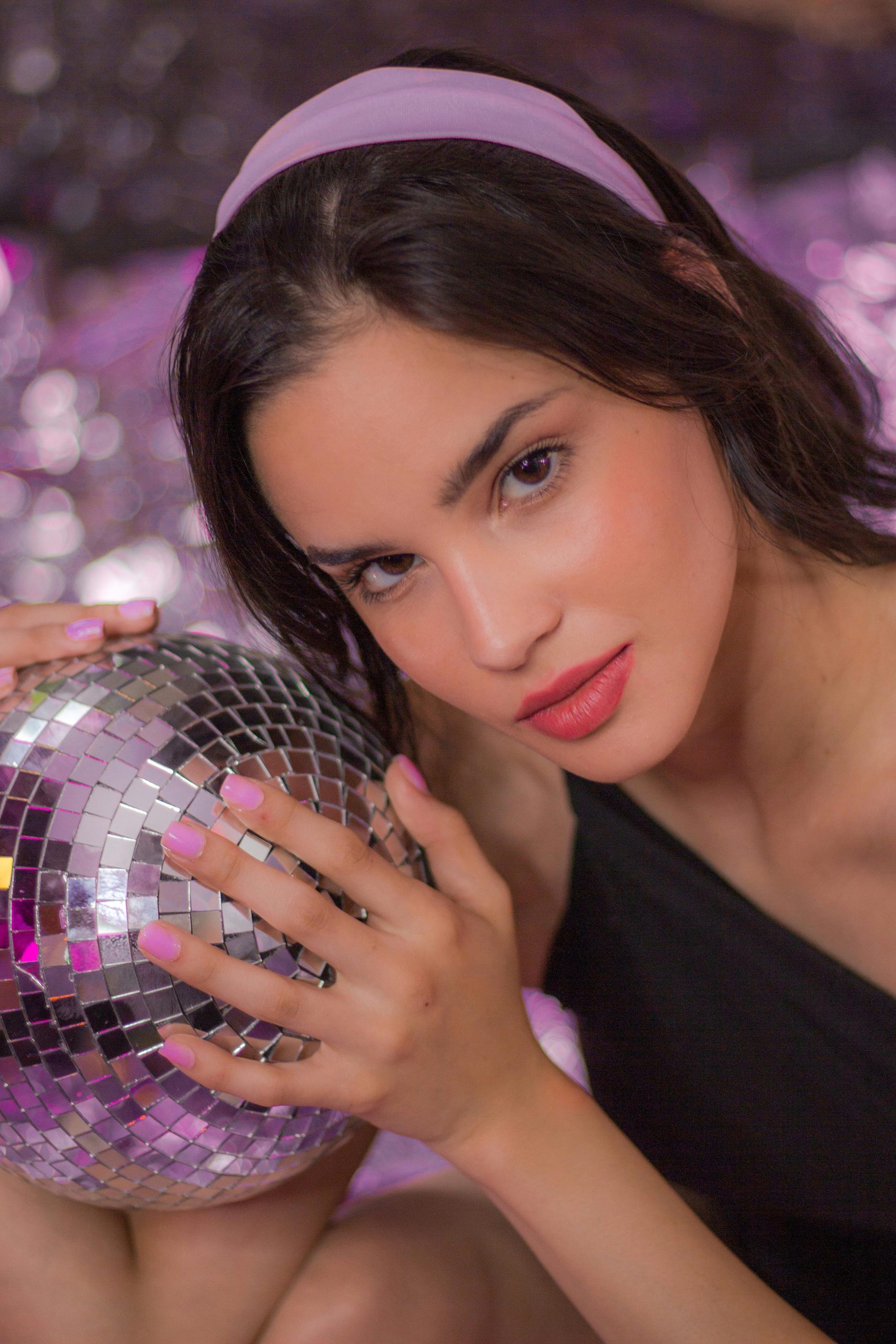
Fashion in the 1860s was defined by the extravagant, voluminous skirts made possible by the cage crinoline, but this decade also saw the emergence of new silhouettes and styles.
- Crinoline Silhouettes: The skirt reached its widest point during the 1860s. dresses were enormous, with yards of fabric arranged in multiple layers, ruffles, and flounces. The cage crinoline provided structure to the skirts while keeping the weight of the fabric away from the legs.
- Corsets and Bodices: Tight corsets cinched the waist to create an exaggerated hourglass figure, while bodices became more structured, often with a pointed waistline at the front.
- Daywear vs. Evening Wear: There was a clear distinction between day and evening wear. Day dresses featured high necklines and long sleeves, while evening gowns had low, square, or off-the-shoulder necklines with short sleeves, designed to showcase shoulders and décolletage.
1870s: The Bustle Era Begins Women’s Fashion Comprehensive History
By the early 1870s, the crinoline began to fall out of favor, and a new silhouette emerged—the bustle.
- The Bustle: The defining feature of the 1870s silhouette was the bustle, a padded or wired structure worn at the back of the waist to create a pronounced curve. Skirts became narrower at the front and sides, with elaborate draping and detailing at the back to emphasize the fullness created by the bustle.
- Fabrics and Decoration: Rich fabrics such as velvet, silk, and satin were popular, often adorned with fringes, beading, and lace. Dresses featured intricate detailing, with many layers of fabric, bows, and pleats.
- Hairstyles and Accessories: Hair was worn in elaborate updos, often with curls or waves framing the face. Accessories such as bonnets, hats, and veils continued to play an important role in
1880s: The Second Bustle Era Women’s Fashion
The 1880s saw the return of the bustle, but in a more exaggerated form than before, creating an even more dramatic silhouette.
- Extreme Bustles: The second phase of the bustle era was marked by extreme bustles that jutted out from the back of the dress, creating a striking contrast with the flatness of the front of the skirt.
- Tailored Bodices: Bodices became more tailored and fitted, often featuring boning or darts to emphasize the waistline. The princess cut, a long, unbroken seam that ran from shoulder to hem, became popular for its slimming effect.
- Evening Wear: Evening gowns in the 1880s often featured plunging necklines and short sleeves, with luxurious fabrics and lavish embellishments. Dresses were adorned with ribbons, beads, and feathers, making them opulent and dramatic.
1890s: The Transition to Modernity Women’s Fashion
As the 19th century came to a close, began to shift towards more practical and less restrictive styles, foreshadowing the changes that would come in the early 20th century.
- The Decline of the Bustle: By the 1890s, the bustle had completely disappeared, and skirts became narrower and more natural in shape. The silhouette was simpler, with less emphasis on exaggerated curves.
- Gibson Girl Style: The Gibson Girl, an illustration created by artist Charles Dana Gibson, became the idealized representation of American femininity in the 1890s. This look featured shirtwaists (blouses) paired with long skirts, a more practical and comfortable outfit that symbolized the increasing independence of women.
- Corsets and S-Bend Silhouette: While the bustle had fallen out of favor, corsets were still worn, creating the S-bend silhouette that pushed the bust forward and the hips backward. This look was considered the epitome of femininity at the time.
- Sporting Attire: As women began to participate in more outdoor activities, specialized clothing such as cycling skirts, riding habits, and tennis outfits became popular.
Conclusion: The Legacy Women’s Fashion

The evolution of throughout the 19th century reflects not only changes in aesthetic preferences but also broader societal transformations. From the simple, neoclassical lines of the early century to the opulence of the Victorian era, each style carried its significance and left a lasting impact on the history of Women’s Fashion.

Assalamu Alaikum.. I am Mohammad Sojib I have been working in fashion for a long time I am in US and UK and I write about this topic in many places. I have been working and working on this topic for a long time
And I am a blogger I have been blogging about fashion for a long time in different places.



